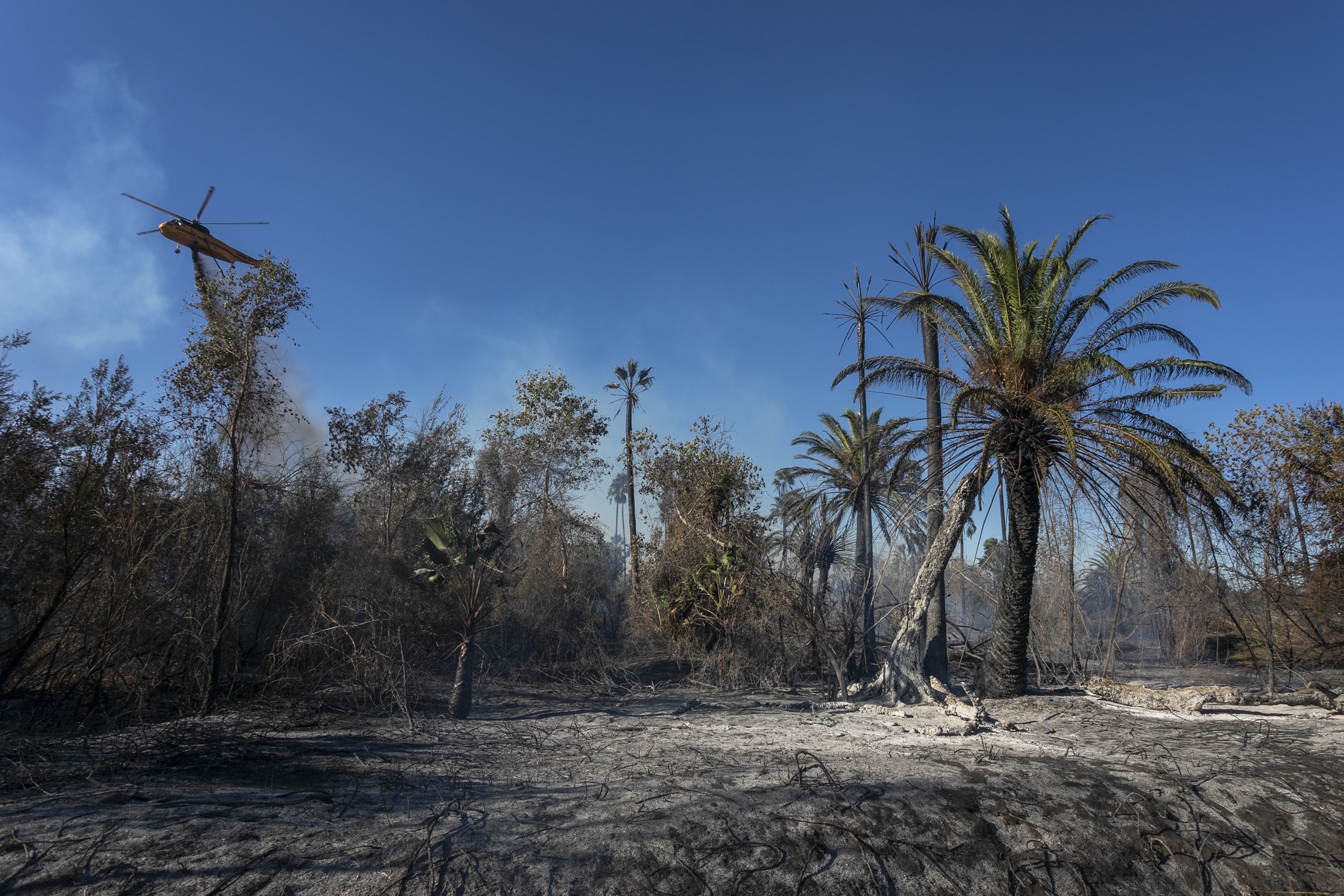Almost 40% of global land plant species are categorized as very rare, and these species are most at risk for extinction as the climate continues to change, according to new research published today in Science Advances.
The findings are published in a special issue of Science Advances that coincides with the 2019 United Nations Climate Change Conference, also known as COP25, in Madrid. The COP25 is convening nations to act on climate change. The international meeting runs from Dec. 2 through Dec. 13.
“When talking about global biodiversity, we had a good approximation of the total number of land plant species, but we didn’t have a real handle on how many there really are,” says lead author Brian Enquist, of the University of Arizona.
Thirty-five researchers from institutions around the world, including University of Connecticut researcher Cory Merow, worked for 10 years to compile nearly 35 million observational records of the world’s land plants.
“We have complied the largest botanical database in the world to try to quantitatively assess the number of species impacted by climate change. There are papers saying the outlook is not good, but there was nothing yet quantifying how many plants would be impacted beyond ‘a lot’,” says Merow.
The researchers hope this information can help reduce loss of global biodiversity by informing strategic conservation action that includes consideration of the effects of climate change.
They found that there are about 435,000 unique land plant species on Earth.
“So that’s an important number to have, but it’s also just bookkeeping. What we really wanted to understand is the nature of that diversity and what will happen to this diversity in the future,” Enquist says. “Some species are found everywhere – they’re like the Starbucks of plant species. But others are very rare – think a small standalone café.”
The team revealed that 36.5% of all land plant species are “exceedingly rare,” meaning they have only been observed and recorded less than five times ever.
“According to ecological and evolutionary theory, we’d expect many species to be rare, but the actual observed number we found was actually pretty startling,” he says. “There are many more rare species than we expected.”
Moreover, the researchers found that rare species tend to cluster in a handful of hotspots, such as the Northern Andes in South America, Costa Rica, South Africa, Madagascar and Southeast Asia. These regions, they found, remained climatologically stable as the world emerged from the last ice age, allowing such rare species to persist.
But just because these species enjoyed a relatively stable climate in the past doesn’t mean they’ll enjoy a stable future. The research also revealed that these very rare-species hotspots are projected to experience a disproportionally high rate of future climatic changes and human disruption, Enquist says.
And it’s these rare species that science knows very little about.
By focusing on identifying rare species, “this work is better able to highlight the dual threats of climate change and human impact on the regions that harbor much of the world’s rare plant species and emphasizes the need for strategic conservation to protect these cradles of biodiversity,” says Patrick Roehrdanz, a co-author on the paper and managing scientist at Conservation International.
This work was done in collaboration with the SPARC project (Spatial Planning for Area Conservation in Response to Climate Change), which was funded by the Global Environment Facility and made possible by Conservation International and a National Science Foundation grant to the University of Arizona.



